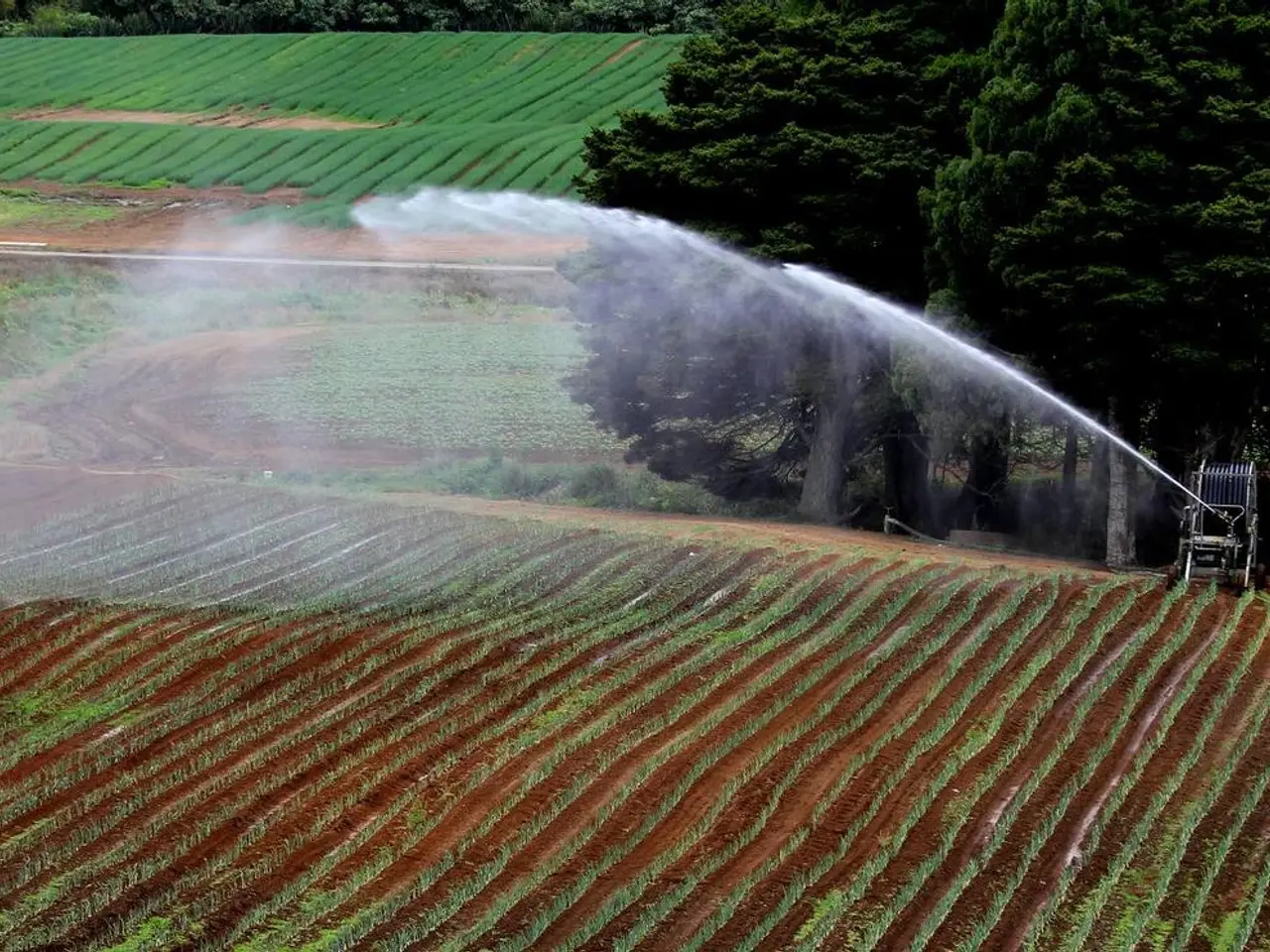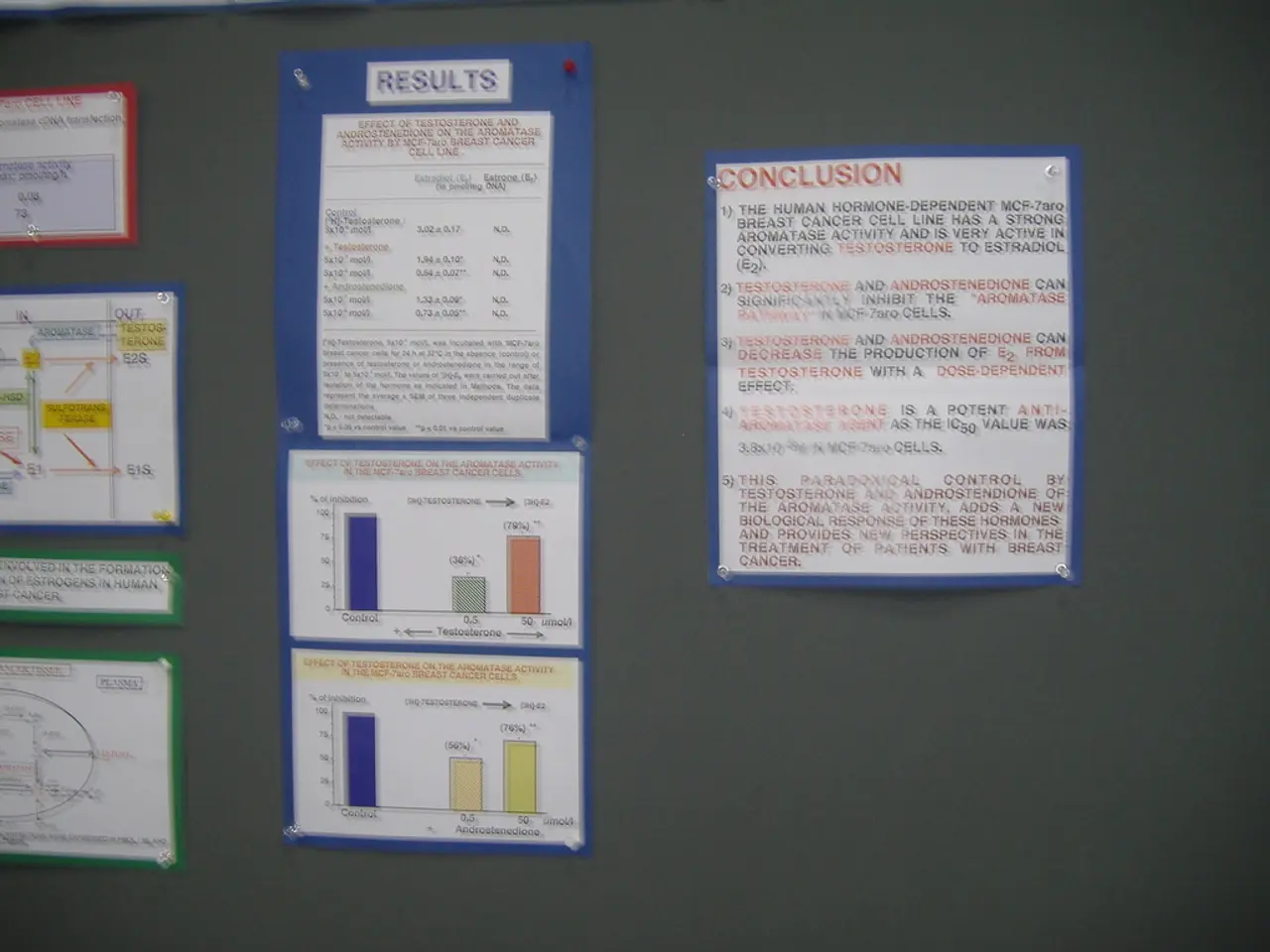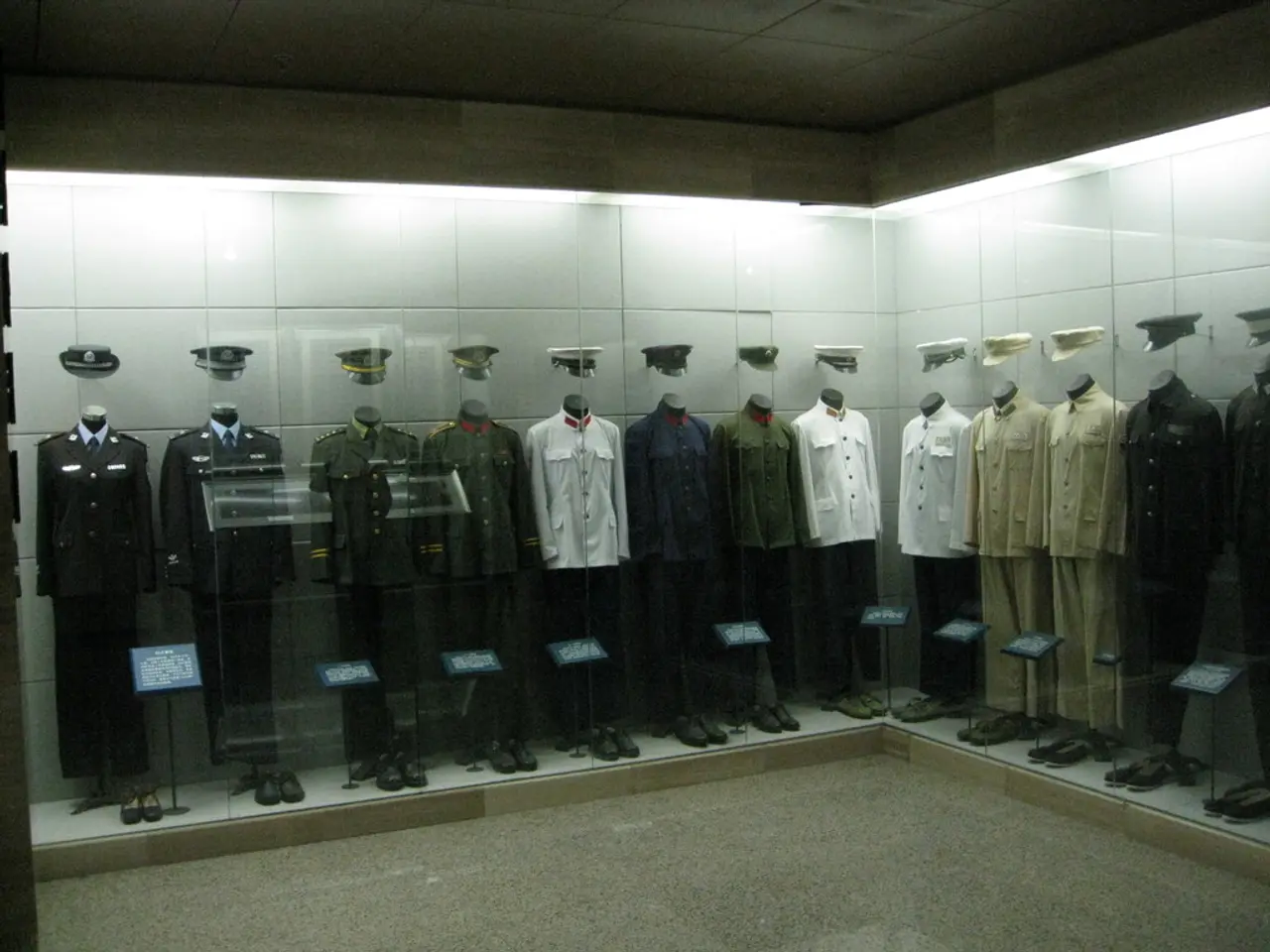In a similar manner to the incidents in Biysk, they caused damage to property and slaughtered livestock.
The collectivization of peasants in the Biisk region of the Soviet Union was a significant part of a larger national policy, driven by Joseph Stalin's regime, to consolidate individual peasant farms into large, state-controlled collective farms, known as kolkhozy. This policy aimed to increase agricultural productivity, control resources, and accelerate socialist transformation in the countryside.
The Rationale Behind Collectivization
The collectivization was considered necessary by the Soviet government for several reasons. Firstly, it was intended to increase grain production required for feeding the growing urban population and supporting industrial workers. Secondly, it aimed to assert state control over agriculture and remove economic independence from peasants, particularly the kulaks, who were accused of exploiting poorer peasants. Thirdly, it was designed to accelerate socialist transformation in the countryside and control resources needed for the Five-Year Plans initiated by Stalin. Lastly, it was meant to break the traditional farming system that was seen as backward, inefficient, and resistant to collectivist ideology.
The Consequences of Collectivization
The consequences of collectivization in Biisk and other Soviet regions were severe. Dekulakization, the dispossessions, deportations, or executions of wealthier peasants, led to the loss of many of the most productive farmers and farm managers. This, coupled with the forced collectivization and requisition of grain by the state, led to a sharp decline in agricultural output, causing widespread famine and starvation, notably the Holodomor in Ukraine and hardship in other regions including Siberia near Biisk.
The process also resulted in social upheaval and repression, as peasants often resisted collectivization, leading to increased repression, arrests, and sending many to labor camps (Gulags). The long-term economic impact was significant, as agricultural production fell below pre-collectivization levels for years, only surpassing it around 1940, delaying Soviet economic goals.
The Collectivization Process in Biisk
The Biisk region, like many others, experienced excesses during the collectivization process. By the start of 1928, the region had 12 collective farms and 2 land-sharing cooperatives, uniting 1,922 people. The goal of complete collectivization was announced in the newspaper "Star of Altai" on March 4, 1930. Local rayon and village party organizations began to rush the collectivization process, aiming to finish it in five days.
In Komarovo, collectivization began in the second half of the 1920s with the creation of an artel for the production of sledges, carts, and wagons for horse transport. By the mid-1930s, the kolkhozes in the Biisk district had established 36 dairy cattle, 53 pig, and 25 sheep farms.
The Role of Kolkhozes in the USSR
Kolkhozes contributed to the industrialization of the USSR, as machines replaced manual labor and many peasants moved to cities to build factories and plants. However, private farms hindered the effective cultivation of land in the USSR, as peasants primarily worked manually or used horses. A decree to this effect was issued on January 5, 1930.
One notable kolkhoz was the "Red Forest" kolkhoz, created in Komarovo in 1928, although there are no documented records about what it specifically did or how many families joined it. The names of the first kolkhozes and communes in the Biisk district were diverse, including "Artillerist", "New Life", "Spartak", "Poor" commune, "Mosquito" agricultural artel, and various names with the color red, such as "Red October", "Red Star", "Red Forest", "Red Peace", and "Red Falcon".
Vladimir Shnaider, a local historian, was born in the village of Komarovo in the Zonal district, and his interest in the history of the area is understandable given these historical events. The collectivization of peasants in the Biisk region was not isolated but integrated into Stalin’s national policy of forced collectivization intended to transform agriculture and repress the kulak class. The process caused severe social, economic, and human costs including famine, repression, and loss of agricultural productivity.
The collectivization of peasants in the Biisk region was a strategic move by the Soviet government to increase food production, assert state control over agriculture, and stimulate the socialist transformation in the countryside, aligning with the larger national policy instituted by Joseph Stalin.
The consequences of this collectivization were far-reaching, as the process led to a decline in agricultural output, widespread famine and starvation, social upheaval, repression, and the loss of many productive farmers, particularly the accused kulaks.








